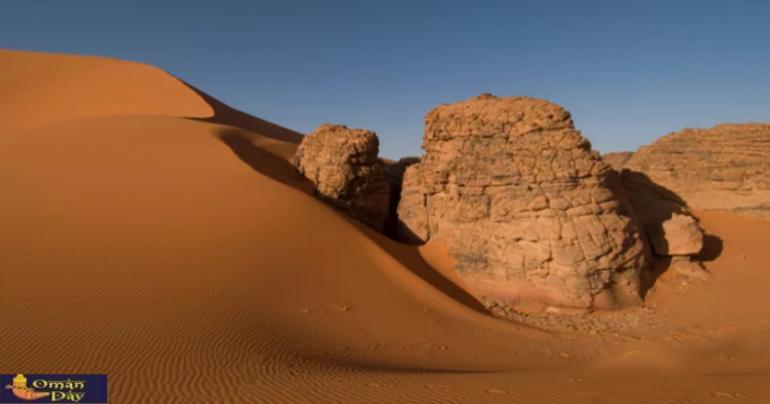The 9 Most Extreme Deserts in the World
We know our amazing planet is home to a stunning array of different climates and geographies. From the highest mountains to the lowest valleys, from the coldest places on earth to the warmest, Mother Nature has covered just about every extreme we can think of. Deserts are one of those extremes—typically very dry areas, often with an unforgiving climate and temperatures wild enough to break thermometers. But not all deserts are created equal; for these 9 deserts, just being a desert wasn’t enough and Mother Nature decided to dial it up to 11.
9. Great Basin Desert
The boundaries of the Great Basin Desert are actually somewhat fuzzy, but most people agree on one thing: it’s the largest desert in North America, even if we aren’t quite sure just how big it is. Like the deserts of South America, the Great Basin Desert was created by the rain shadow of the Rocky Mountains. Encompassing most of Nevada and stretching into California, Idaho and Utah, the desert is known for its extreme temperatures: daytime temperatures exceed 32°C (90°F) and then drop as low as 4°C (40°F) at night. Summers are hot and dry, while winters are cold and snowy thanks to frigid alpine ridges. Although temperatures can be more extreme in the nearby Mojave and Sonoran deserts, the Great Basin Desert owes its more “moderate” climate to its elevation: there are up to 33 peaks that exceed 3,000 m (9,800 ft)!

8. Great Victoria Desert
Mention of Australia tends to evoke images of the Outback, a desert area with little life and harsh climates. While much of the continent is covered by arid areas, it’s not just one big desert. The Great Victoria Desert, located in south and western Australia, is the largest of all Australian deserts, covering approximately 350,000 km (135,000 miles). Average rainfall is irregular, ranging between 200 and 250 mm (8 and 10 inches). The temperature is also variable: daily highs can reach 40°C (104°F) in the summer, and lows of about 18°C (64°F) in the winter. Thunderstorms happen with frequency; on average, 15 to 20 thunderstorms will take place in the desert annually. The Great Victoria Desert is close to several other deserts: the Little Sandy and Gibson deserts lie to the north, while the Triari and Sturt Stony deserts are to the east.

...[ Continue to next page ]
Share This Post






